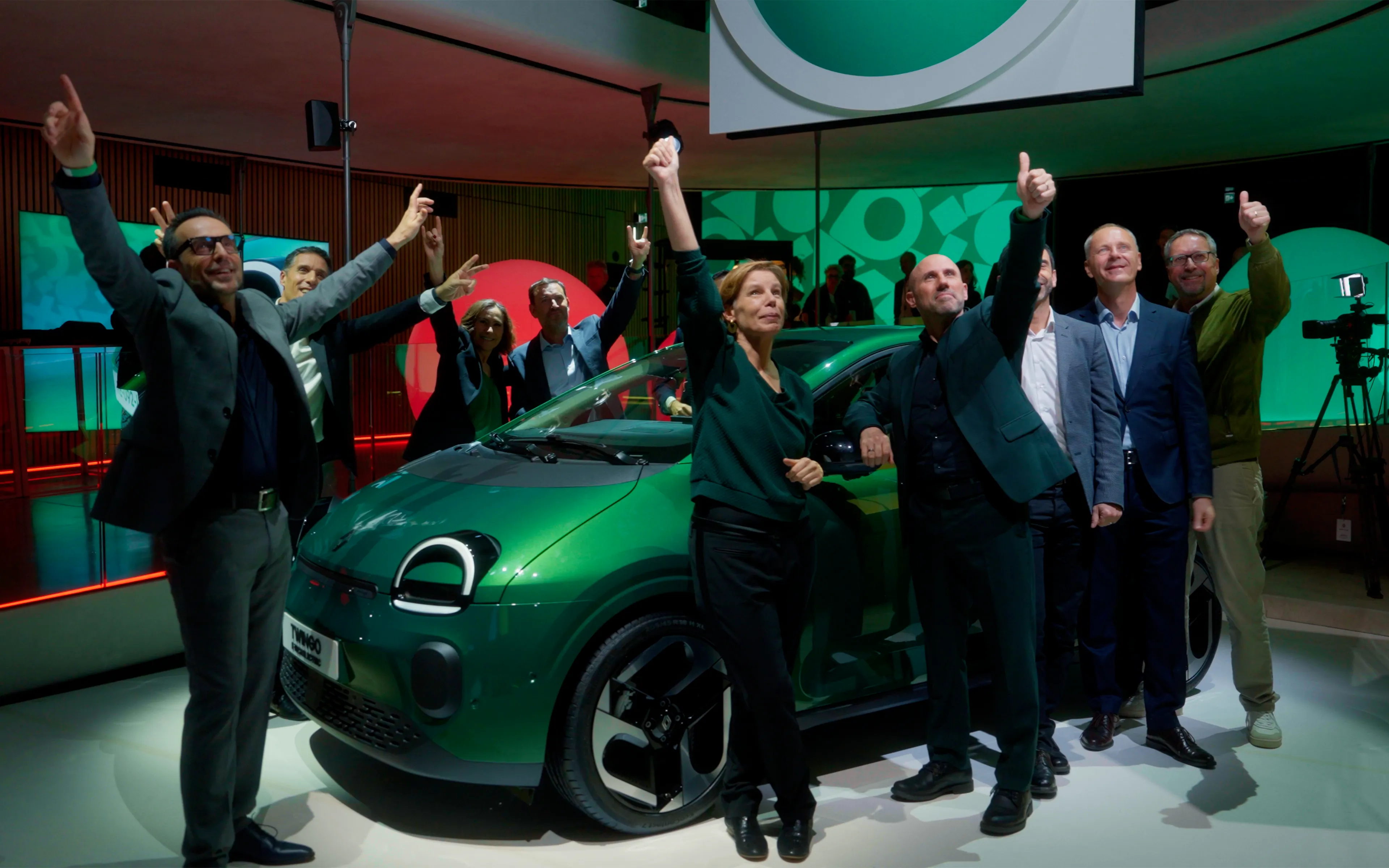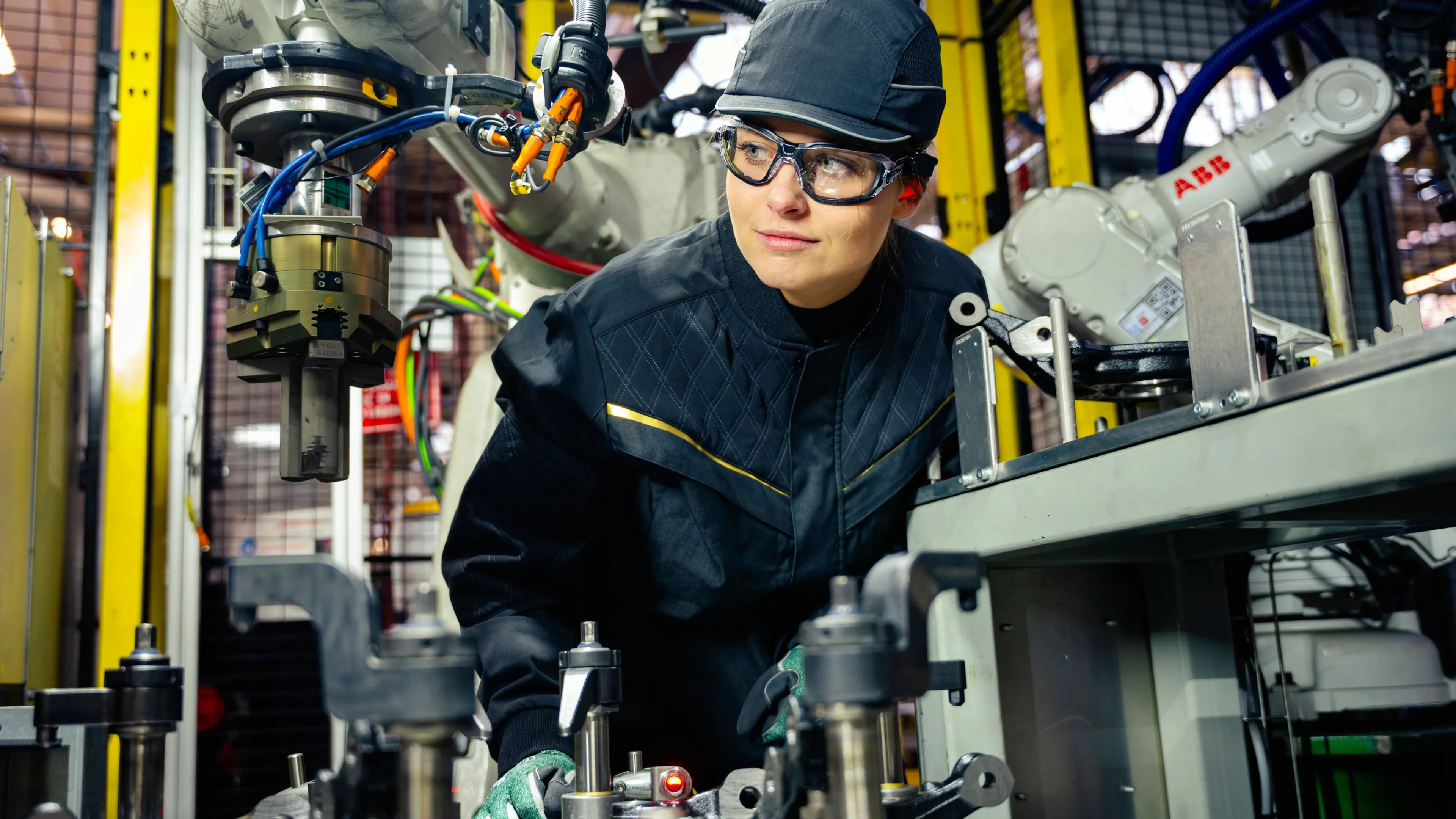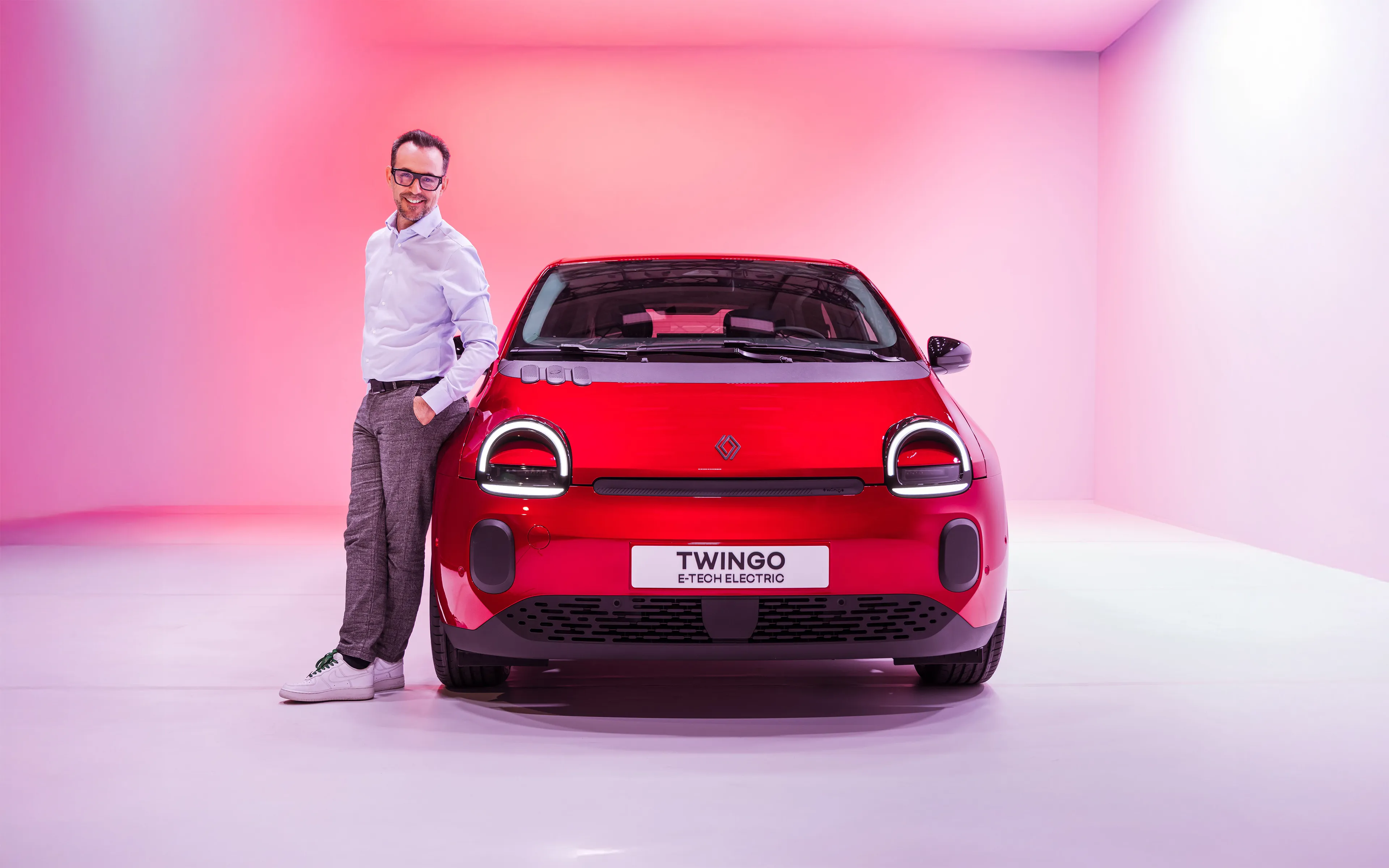This is more than just an autonomous miniBus
Published on

Imagine a 100% electric, driverless miniBus that’s ready to pick you up at any time… This became a reality for spectators at the French Open tennis tournament at Roland Garros, who were able to use two autonomous shuttles branded with the Renault logo, the tournament’s partner, to get to the courts.
By renault group
A service designed for everyone, at any time
Currently being tested at Roland-Garros, autonomous electric miniBuses have the advantage of increasing the frequency and range of existing public transport services. Indeed, these electric autonomous miniBuses aim to eventually operate 24/7, serving urban and suburban areas, over a wide range of hours, at regular, frequent or on-demand times, with no fixed schedule constraints. The goal: to offer flexible and inclusive public transport for all.
A cutting-edge technology with Level 4 autonomy
The result of a partnership with WeRide, a world leader in autonomous mobility, the miniBus is based on systems capable of driving alone on open roads, on a predefined route, without a driver on board, with, as in the bus or metro, an operations supervision center. The control system merges information from various lidar sensors and cameras to precisely locate and identify all users: vehicles, pedestrians, cyclists, etc., enabling it to move serenely through traffic.
A concrete solution for decarbonizing public transport
As an electric vehicle, this autonomous miniBus emits no CO₂ and drastically reduces noise compared to combustion-engine vehicles. Its intelligent autonomous driving optimizes energy consumption and fits naturally into low-emission zones. A tangible step forward for cleaner cities and a real benefit for the environment.

A forward-looking vision already tested and approved
From Roland-Garros to Barcelona, and from Valencia to Zurich, trials conducted in recent months demonstrate the maturity of this public transport solution developed by Renault and WeRide. Positive feedback from local authorities and transport operators, along with public enthusiasm, validate our vision of smoother, safer, and greener mobility.
This is more than just an autonomous miniBus
Renault Group is laying the groundwork for a future where autonomous mobility transforms how we travel. With this electric autonomous shuttle, a new paradigm is emerging : simpler, safer, and more environmentally friendly travel. A leap forward for urban mobility—and beyond.
FAQ – Advantages of Autonomous miniBuses
How do autonomous miniBuses improve safety?
The use of advanced technologies ensures safe driving by reducing human error and accidents. Autonomous miniBuses are equipped with cameras and lidars that continuously assess the vehicle’s surroundings, ensuring optimal safety.
Autonomous miniBuses can provide personalized mobility and serve areas not covered by traditional public transport, such as suburban and rural zones. Capable of operating 24/7, they ensure continuous service even outside peak hours.
Smaller and CO₂-free, autonomous miniBuses help reduce traffic congestion and pollution, thereby improving air quality and urban traffic flow.
Autonomous miniBuses are often at the heart of pilot projects and trials, such as those led by Renault Group in collaboration with WeRide. These initiatives demonstrate the maturity of the technology and pave the way for large-scale commercial deployment.
These advantages show that autonomous miniBuses represent a promising solution for improving urban and suburban mobility while addressing current environmental and economic challenges.
- Level 0: No automation – the driver is fully responsible for all driving tasks.
- Level 1: Driver assistance – the vehicle can assist with either steering or acceleration/braking, but not both simultaneously.
- Level 2: Partial automation – the vehicle can control both steering and acceleration/braking in certain conditions, but the driver must remain attentive.
- Level 3: Conditional automation – the vehicle can handle all driving tasks in specific situations, but the driver must be ready to take over.
- Level 4: High automation – the vehicle can perform all driving tasks within a defined operational area without human intervention.
- Level 5: Full automation – the vehicle can manage all driving tasks in all conditions and on all territories and roads, with no human input required.




